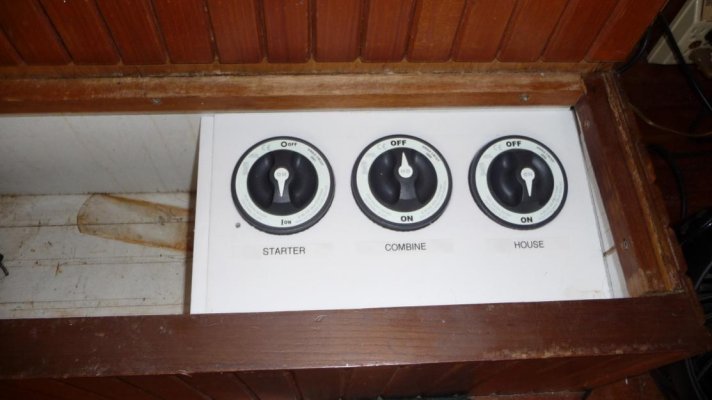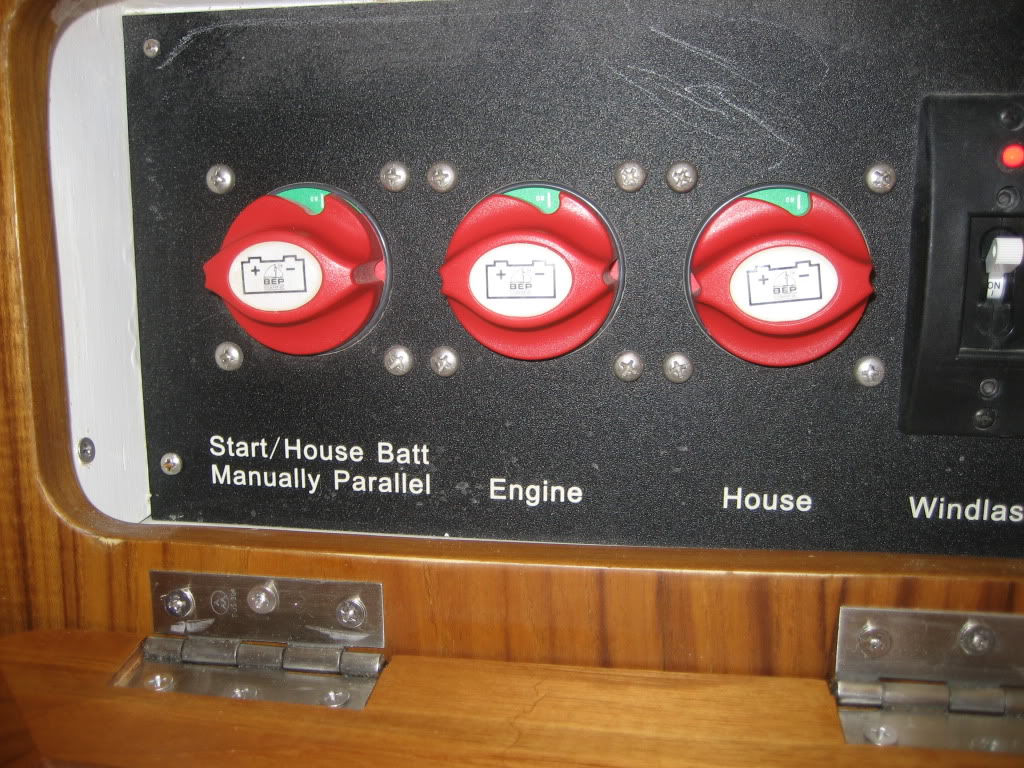sunchaser
Guru
- Joined
- Apr 9, 2008
- Messages
- 10,195
- Location
- usa
- Vessel Name
- sunchaser V
- Vessel Make
- DeFever 48 (sold)
Hi All, The mechanic who installed the alternator (not the one from the boatyard doing the thruster install) also suggested that I have my battery switch on both when running. .
Be very careful with the "BOTH" switch. Turning the switch with the engine runnng can fry the alternator.


